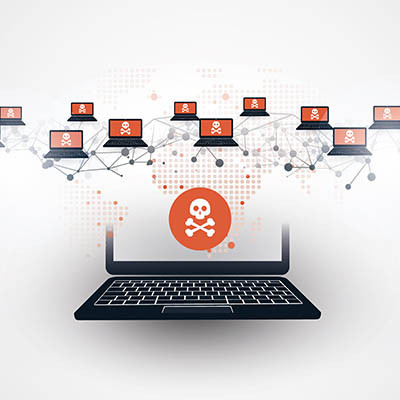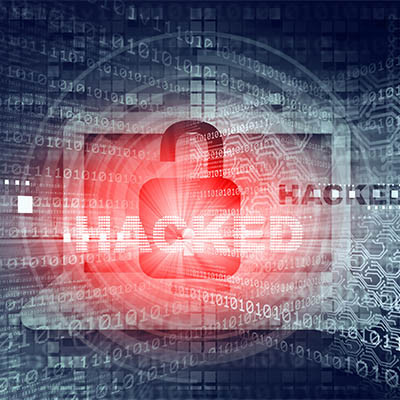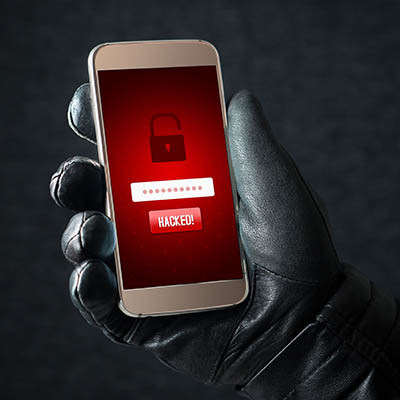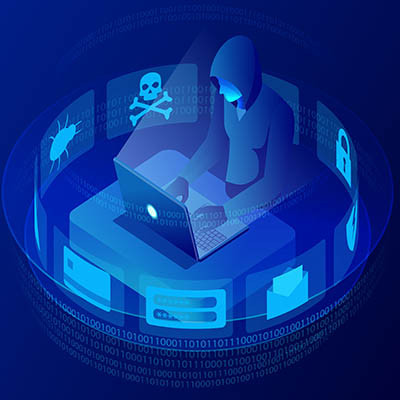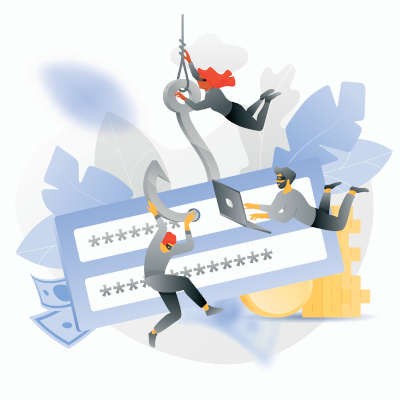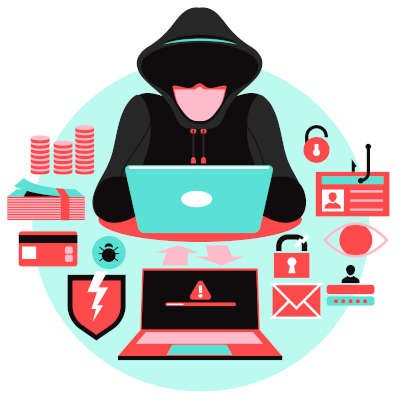Ransomware is such a massive threat that all businesses should be aware of the latest news and findings regarding how it spreads and how it can be prevented. According to a recent report, the latest modes of transporting ransomware have been revealed. What can your organization do to keep ransomware off of its network? Let’s find out.
Argentum IT LLC Blog
“Hackers are a serious threat to modern businesses” isn’t exactly a novel statement, is it? However, if a hacker was to be lurking on your network, would you know the signs to help you catch them? Just in case, we wanted to share a few strategies that can help highlight these warnings so you can more effectively catch any threats present on your network—particularly when your workforce is accessing it remotely.
Nothing is more frustrating than going to log into your device and finding out that you either cannot access it or that files you thought were there have been wiped. Unfortunately, this is the situation that many users of a specific device have recently gone through. Thanks to an unpatched vulnerability, users of Western Digital’s My Book network-attached storage device are suffering from lost files and lost account access stemming from remote access.
It doesn’t matter if you are a small locally-owned business or a larger-scale enterprise. Network security is equally important, as all businesses by default collect valuable information for hackers. It makes sense to protect your valuable assets, and your data is one of them. A recent threat called Agent Tesla is just another example of phishing malware designed to steal data from businesses just like yours.
It seems that the last few months have been filled with major cyberattacks, particularly those taking advantage of major businesses that might not initially be considered targets for these kinds of acts. For instance, McDonald’s Restaurants was recently breached. Let’s examine the situation, and how it plays into the recent trends we’ve witnessed.
Ransomware has rapidly progressed from an irritating annoyance to a legitimate global threat, with the U.S. Justice Department officially going on the record and establishing that future ransomware investigations will be handled the same way that terrorism cases are now. Let’s review the reasons behind this policy change and how your business should respond.
While it really would be a nice thing to have, there is no magic bullet for your business’ cybersecurity—no single tool that allows you to avoid any and all issues. However, there is one way to help make most threats far less likely to be successful: building up your company’s internal security awareness amongst your employees and team members. Let’s go over eleven ways that you can help ensure your company is properly protected, simply by encouraging your employees to take a more active role in guarding it.
Last weekend saw a significant cyberattack waged against the world’s largest meat processor and distributor, JBS S.A., that completely suspended the company’s operations in both North America and Australia… and as a result, has impacted the supply chains associated with the company. Let’s examine the situation to see what lessons we can take away from all this.
Ransomware has been a real problem for the past several years. Once known for breaching networks directly, the establishment of uncrackable encryption left hackers looking to change their strategies. Today, they use scams to get people to give them access to network resources. If they are successful, it can deliver more than headaches for a business. Let’s look at what makes ransomware so dangerous and how your company can combat the constant attacks that come your way.
Few things are scarier for a modern business to consider than the idea that they will be hacked, regardless of that business’ size or industry. After all, hacking can, will, and does cause significant damage across basically all aspects of your organization. This is precisely why it is so important that—should a business be hacked—the proper steps are taken in response.
We always picture hackers as these foreboding, black-clad criminals, smirking through the shadows cast in their dark room by their computer monitor. Hardened, uncaring individuals who don’t go outside very often, staring at code as if they were able to decipher the Matrix.
It’s time we give up this persona and stop mystifying cybercriminals. Why?
It only takes a few bucks and some spare time to truly hold an individual’s data hostage.
By now, everyone knows that businesses can be defined on how they approach cybersecurity. Unfortunately, even if your business makes a comprehensive effort to protect your network and data from data breaches, all it takes is one seemingly minor vulnerability to be exploited to make things really hard on your business. Let’s take a look at the major data breaches that have happened since the calendar turned to 2021.
Since the beginning of the COVID 19 pandemic, it has been clear that many companies were not prepared to continue their operations remotely. This was largely due to their leadership being convinced in recent years that allowing people to work remotely would lead to a considerable reduction in production, leading them to be unprepared to shift to remote functionality. Cybercriminals have taken advantage of many organizations as a result, so today we’ll discuss what needs to be done to secure endpoints from afar.
Having success in business often relies on developing trustworthy relationships. You have to trust your vendors and suppliers to get you the resources you need, you need to trust your staff to complete their tasks without putting your business in harm's way, and you need to trust your customers to buy the products and services that you offer. Running counter to these necessary bonds of trust are people actively soliciting people’s time, energy, money, and attention for their own selfish purposes.
If you’ve been reading this blog for any length of time, you’ve seen us reference a phishing attack. Whether you are being asked by some supposed Nigerian prince to fork over money or you are getting an email by what seems to be your bank that directs you to download an attachment, you are probably a potential victim of a phishing scam. The difference between being a potential victim and a victim is knowing how to identify it. Today, we’ll give you five ways to identify a phishing message so that you—or your company—won’t be scammed.
When we think of cybercrime, most people’s minds go to one of two places. On the one hand, some think about the annoying, misspelled emails that are so obviously scams, while on the other, we can’t help but think about the hacks that we see in movies, where a criminal manages to overcome the best the government can incorporate into their defenses.
With the given pandemic, a lot of people have had a bit more time on their hands, so it makes sense that many are turning to streaming services and the like for their entertainment. Unfortunately, this has not gone unnoticed by cybercriminals.
Let’s take a few moments and examine the practice of credential stuffing.
Starting in 2008, Verizon has produced a report outlining the cybersecurity incident trends that the previous year demonstrated. In doing so, they have provided a resource that gives businesses greater insights into where their cybersecurity efforts need to be focused. Let’s go over some of 2019’s trends and insights that were highlighted in the Verizon Business 2020 Data Breach Investigations Report (DBIR).

